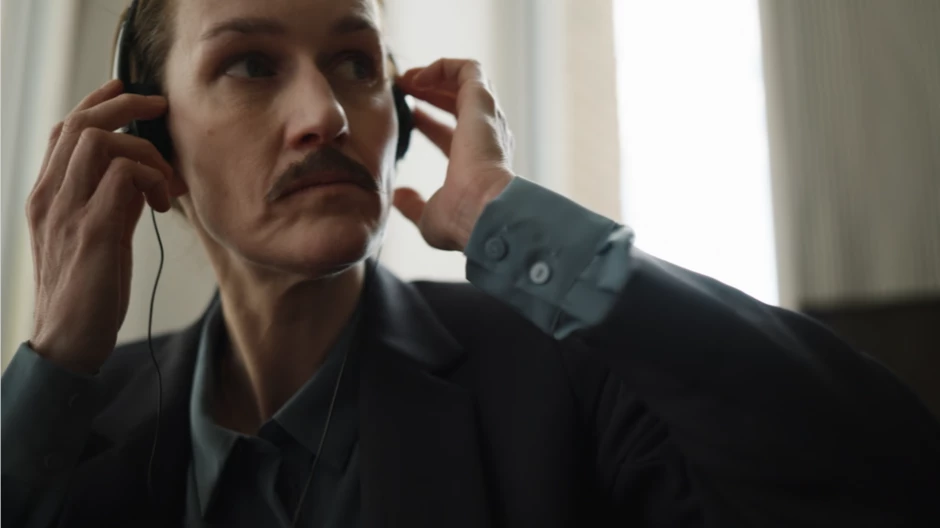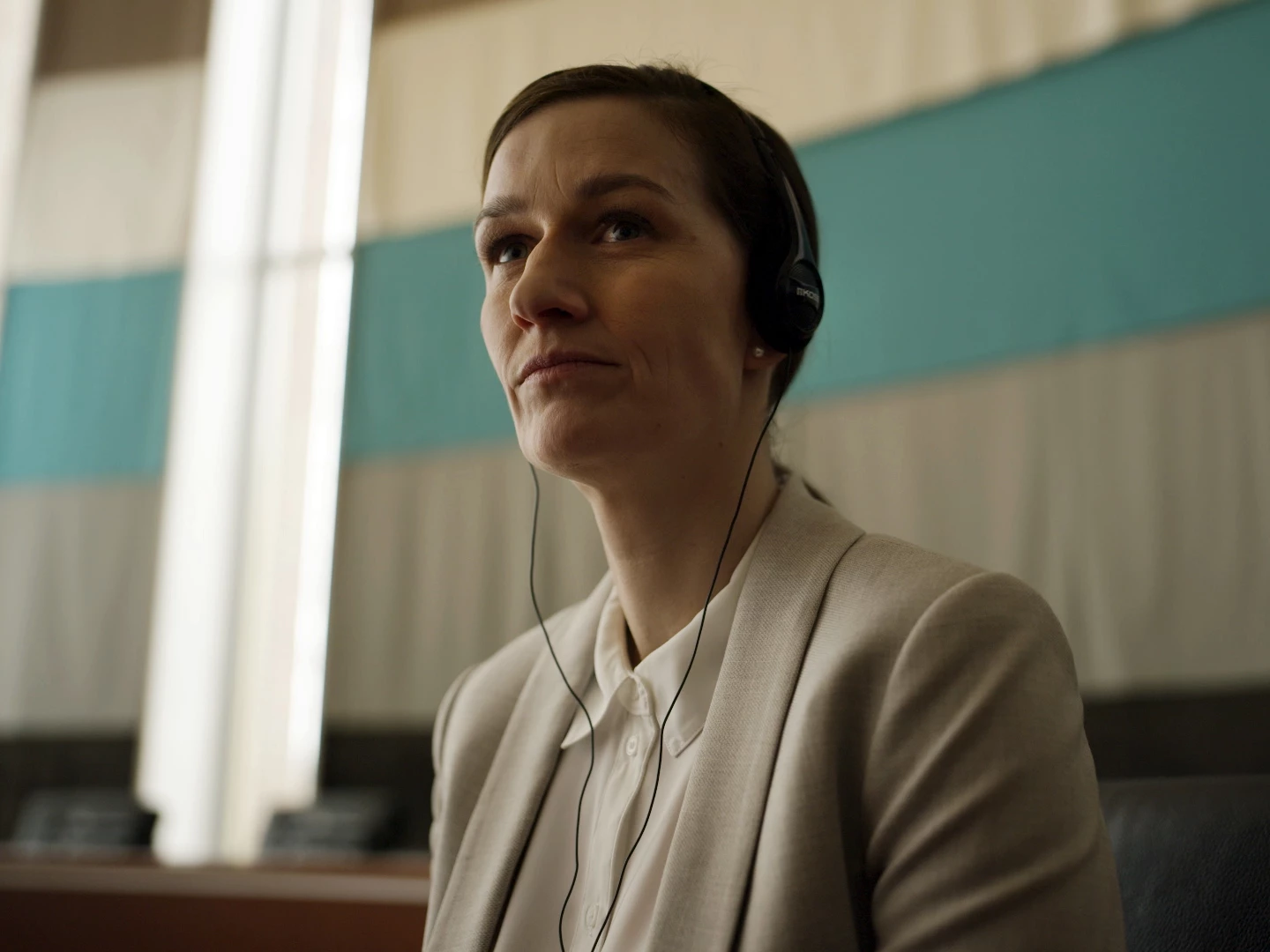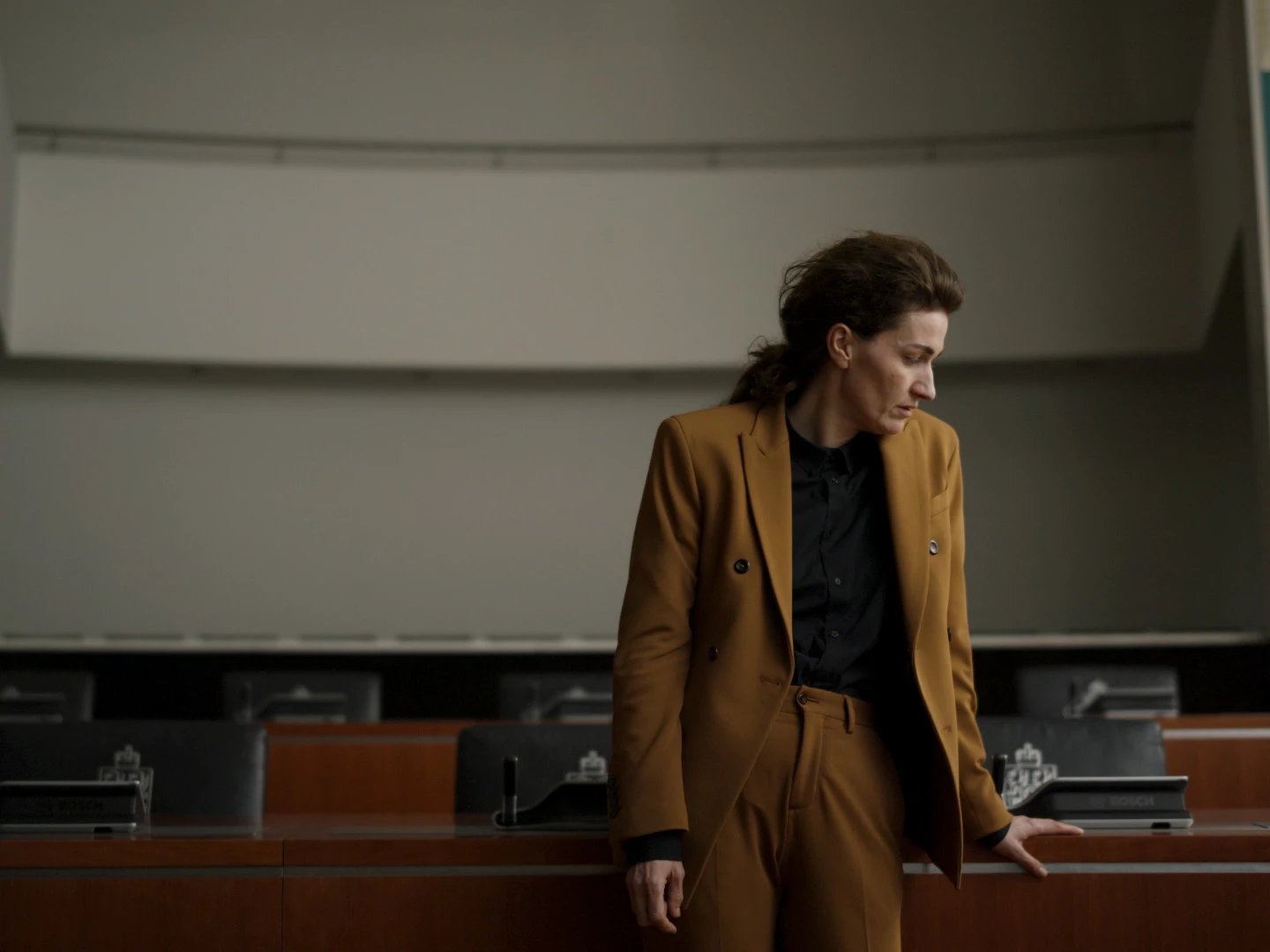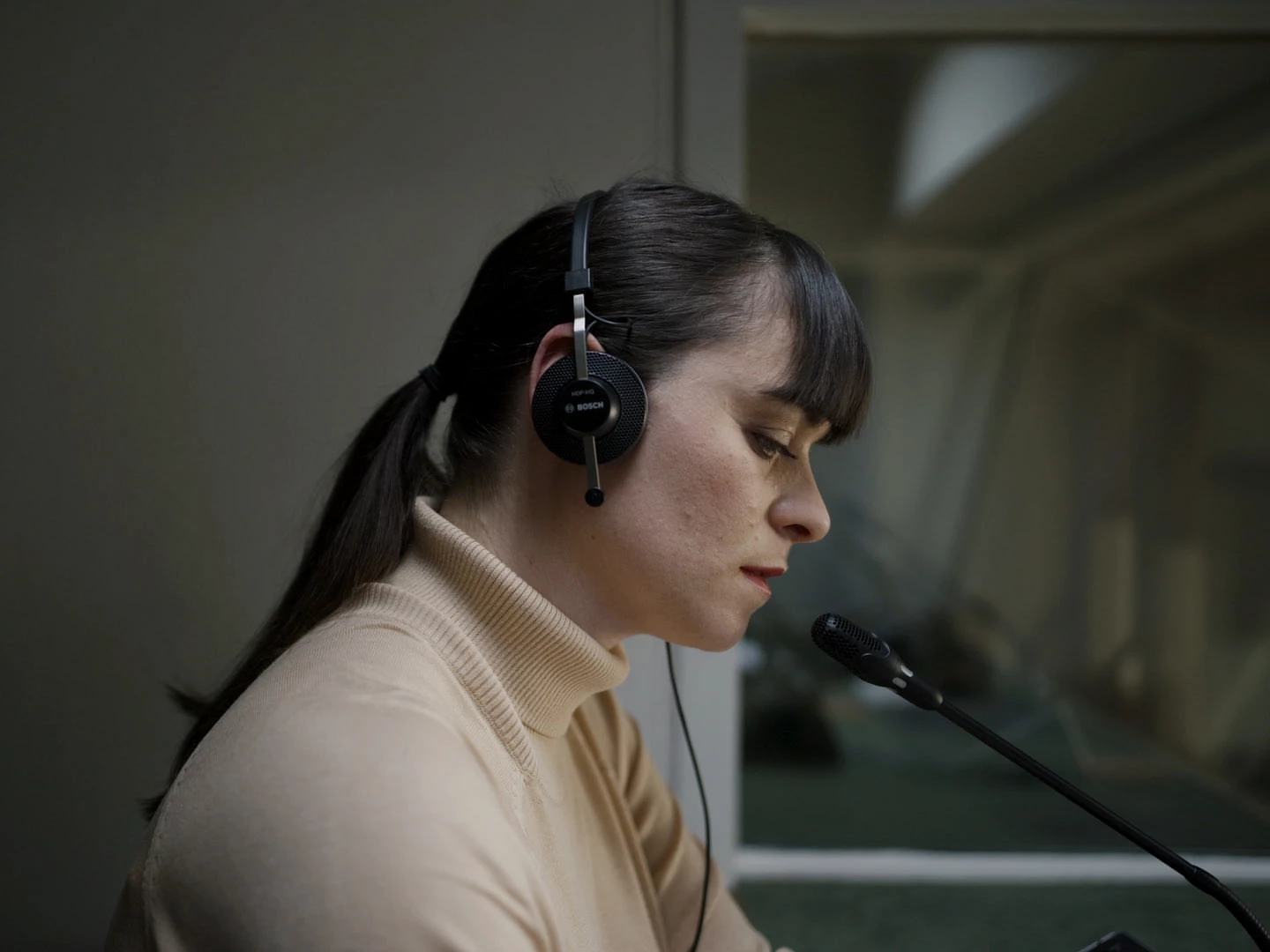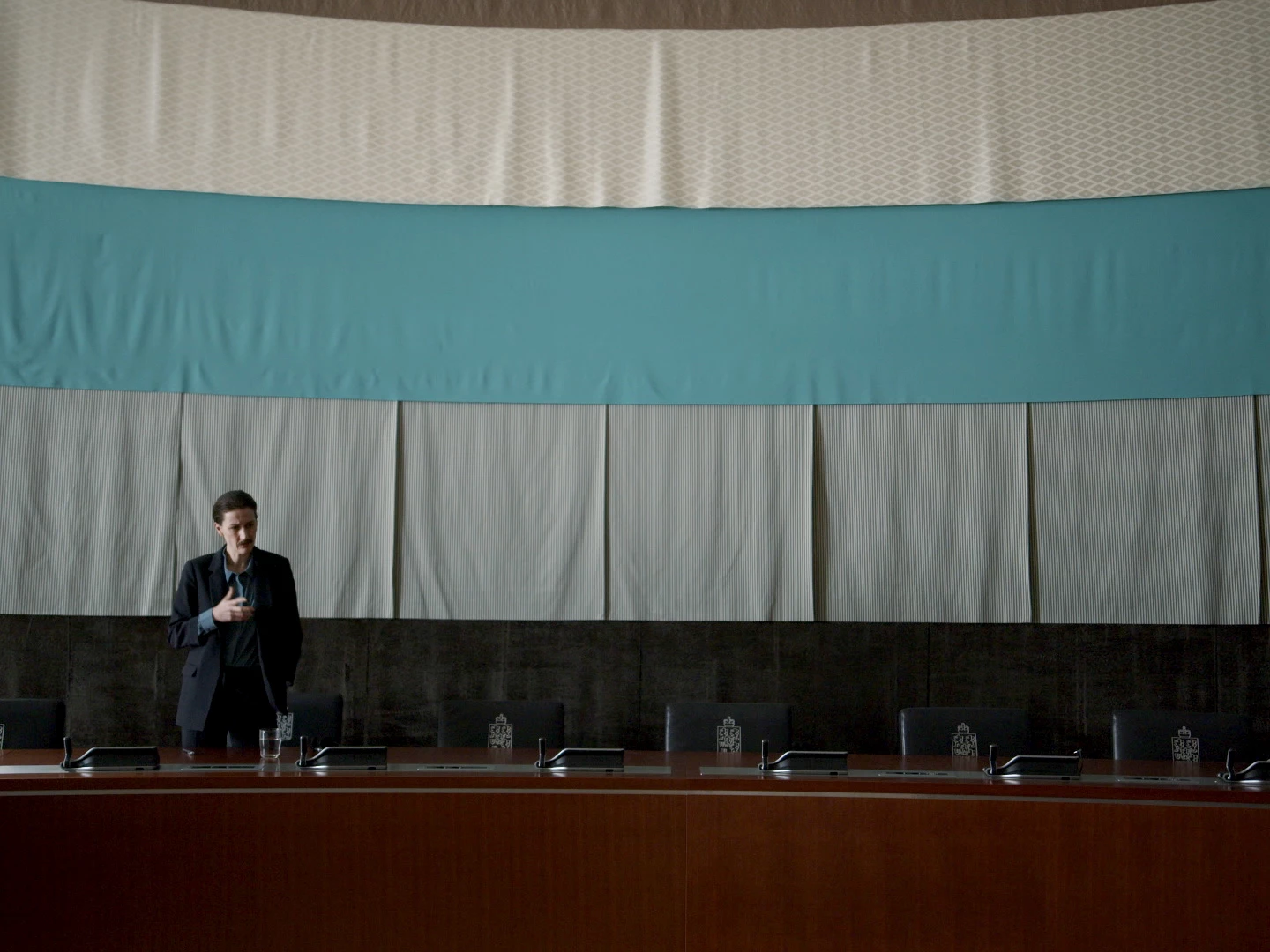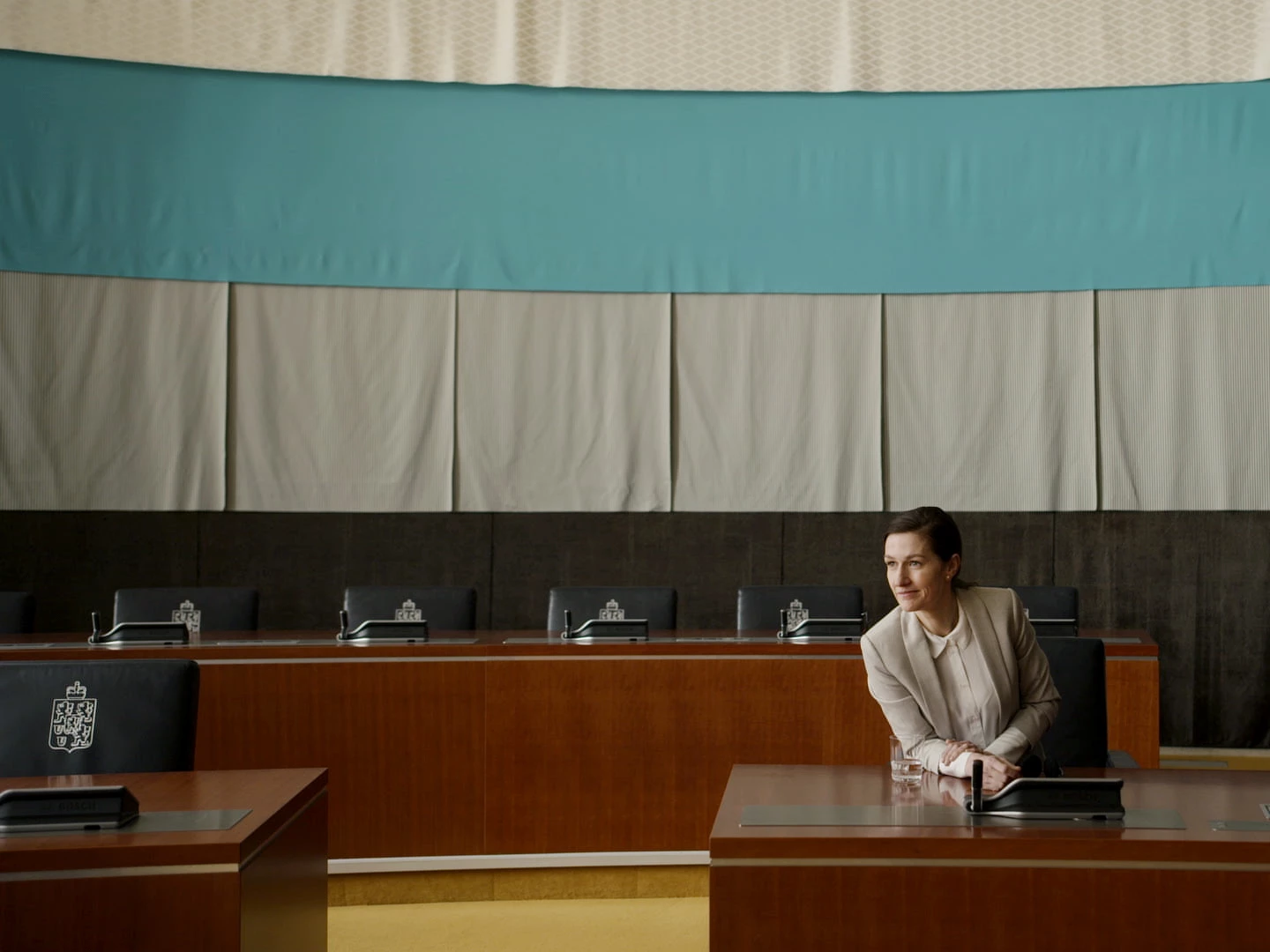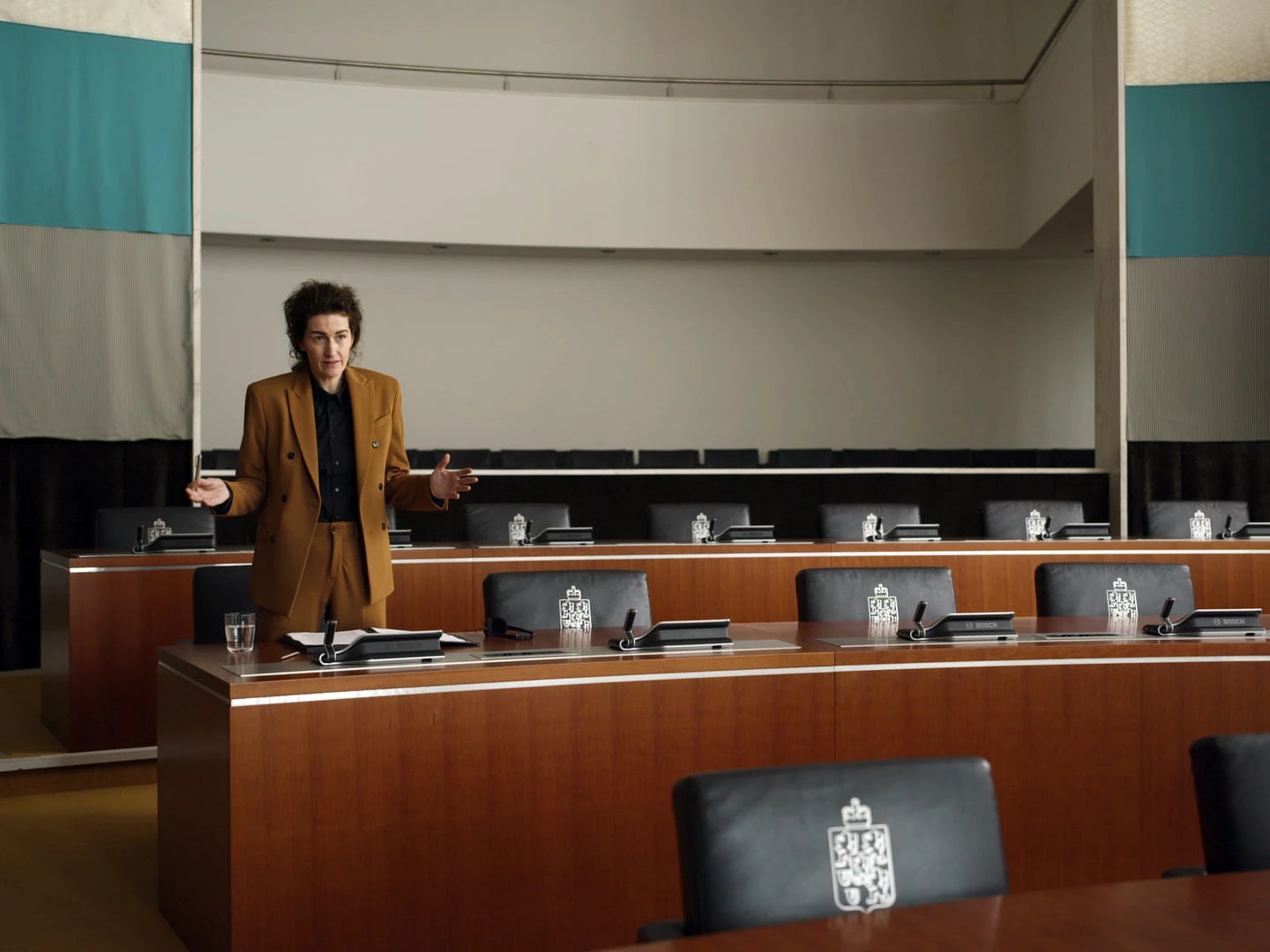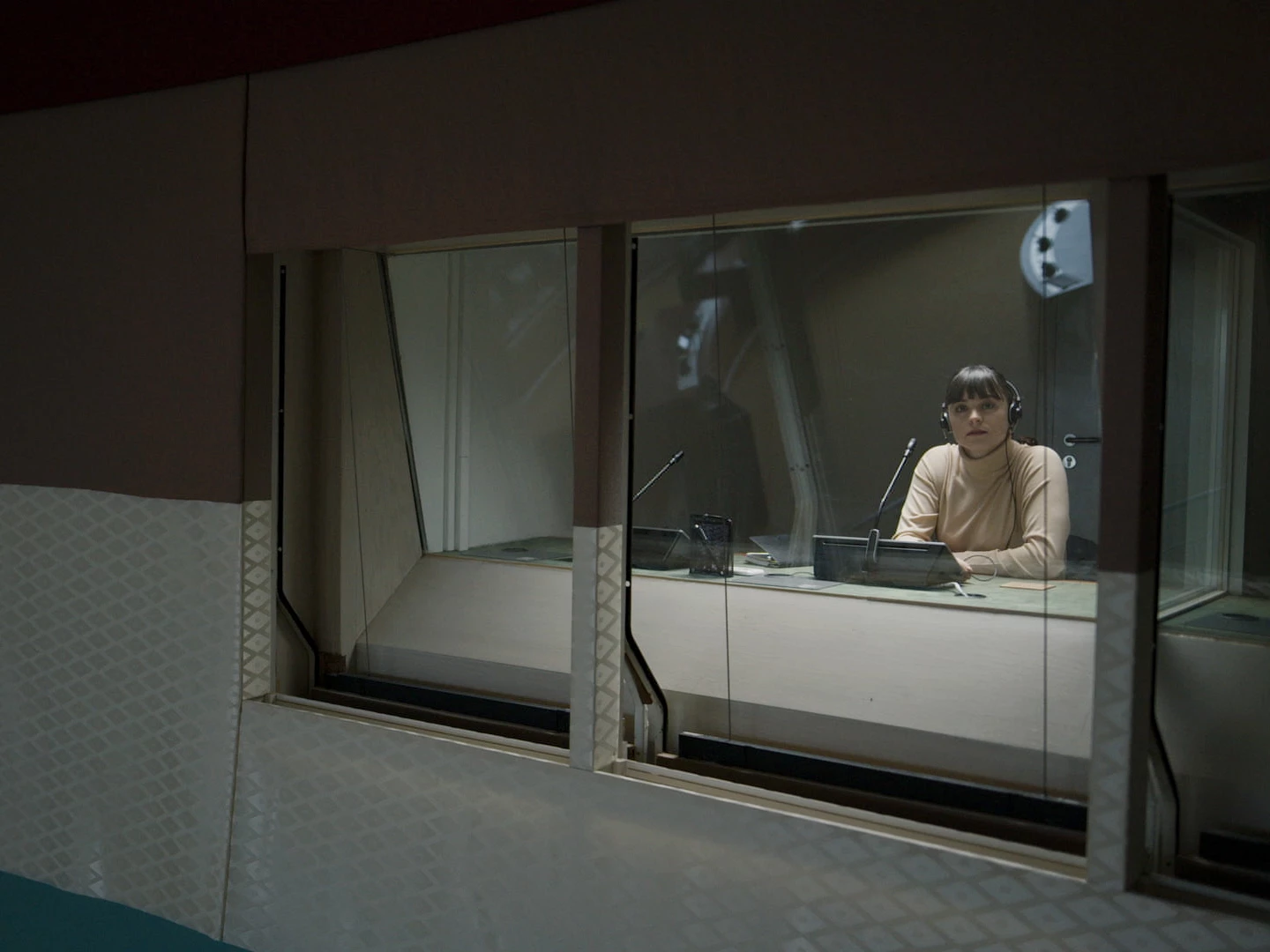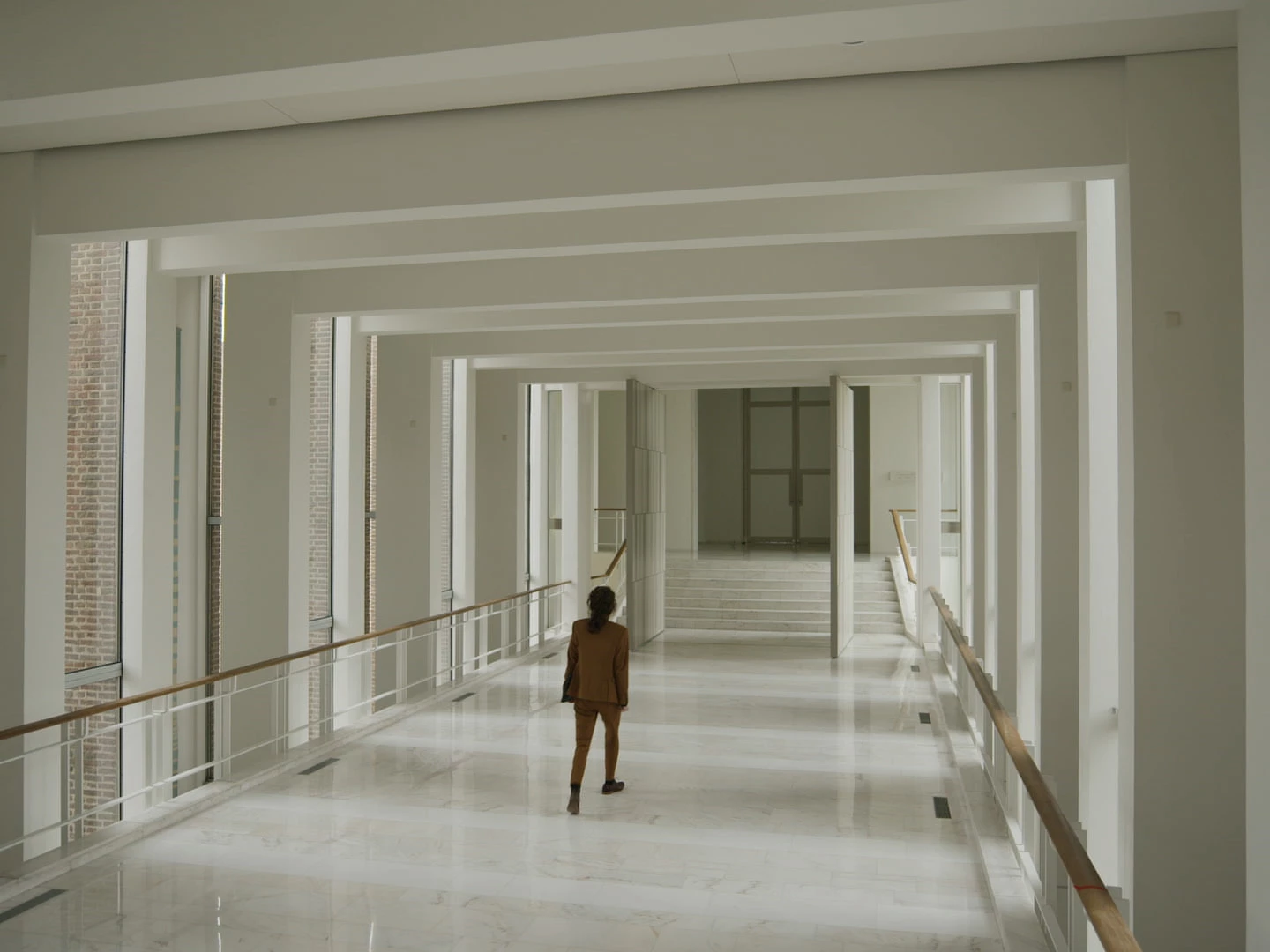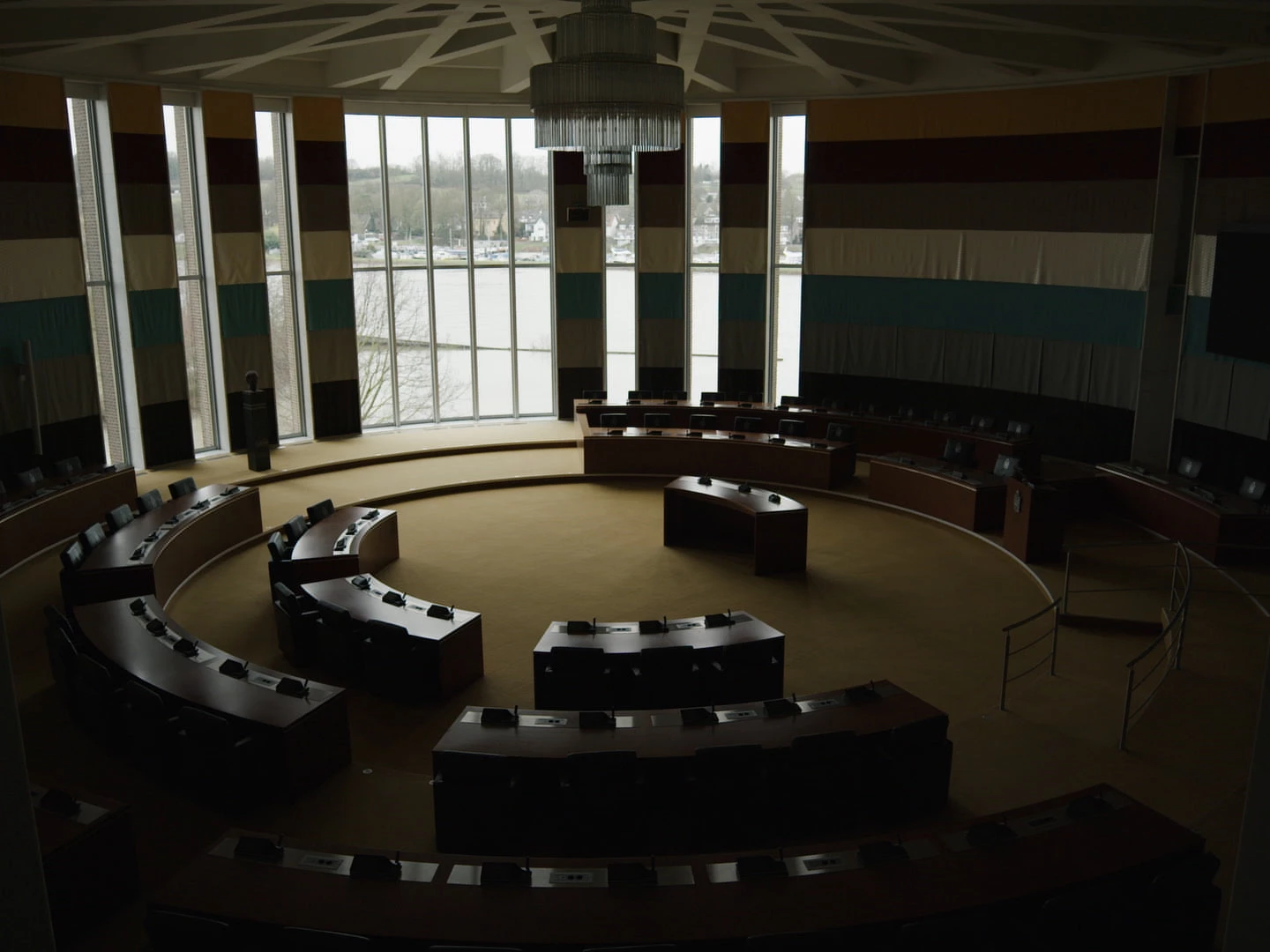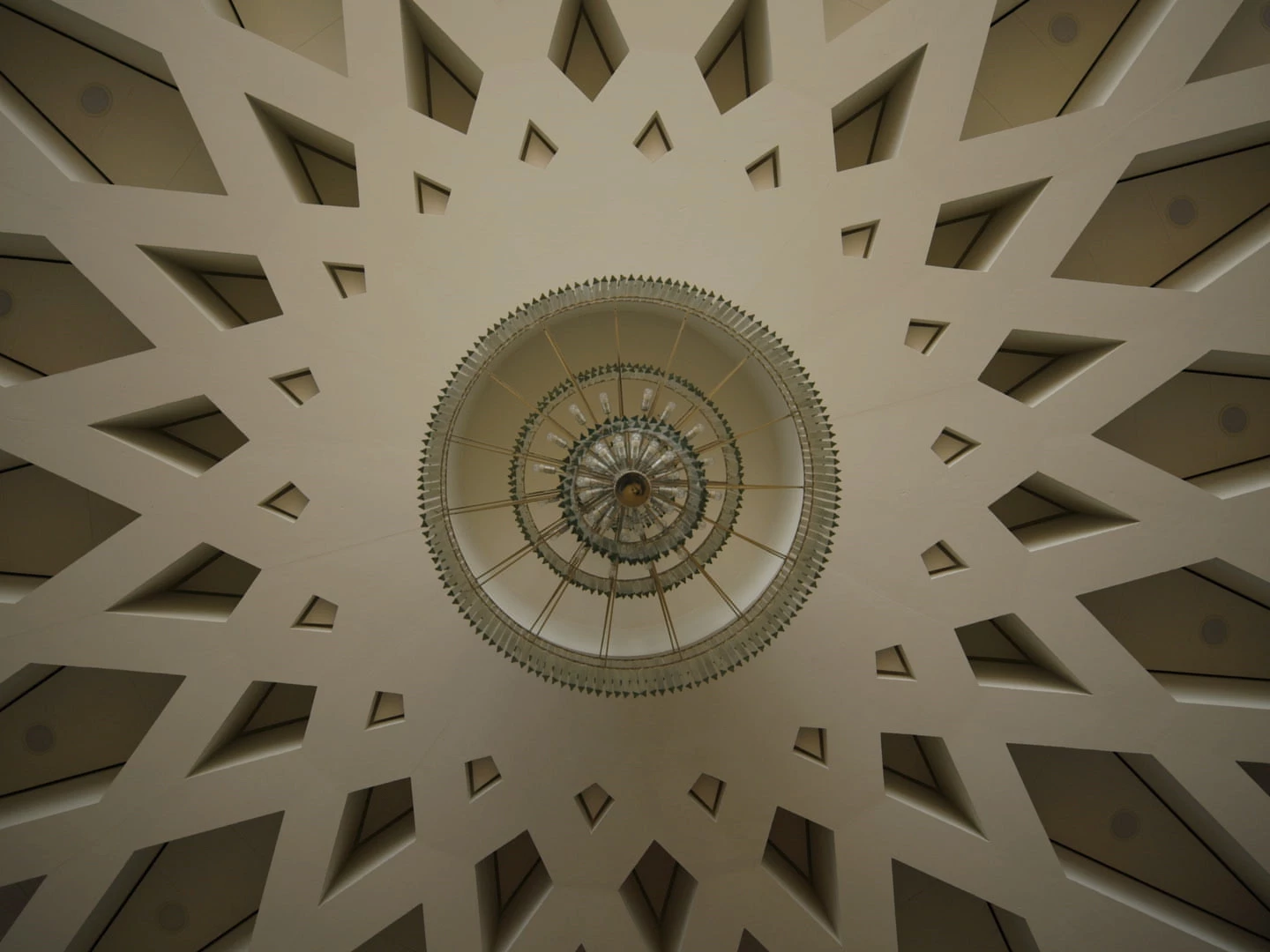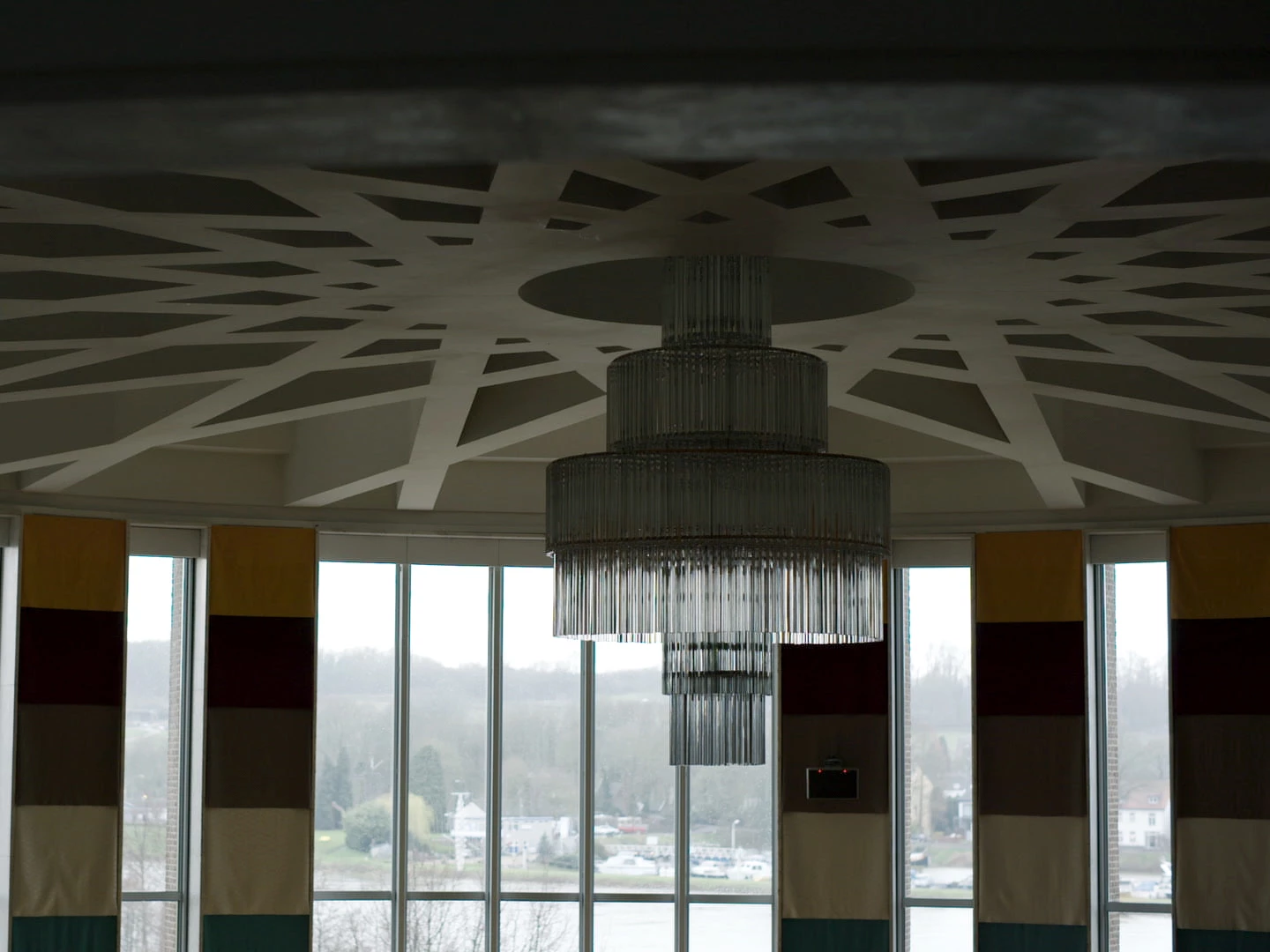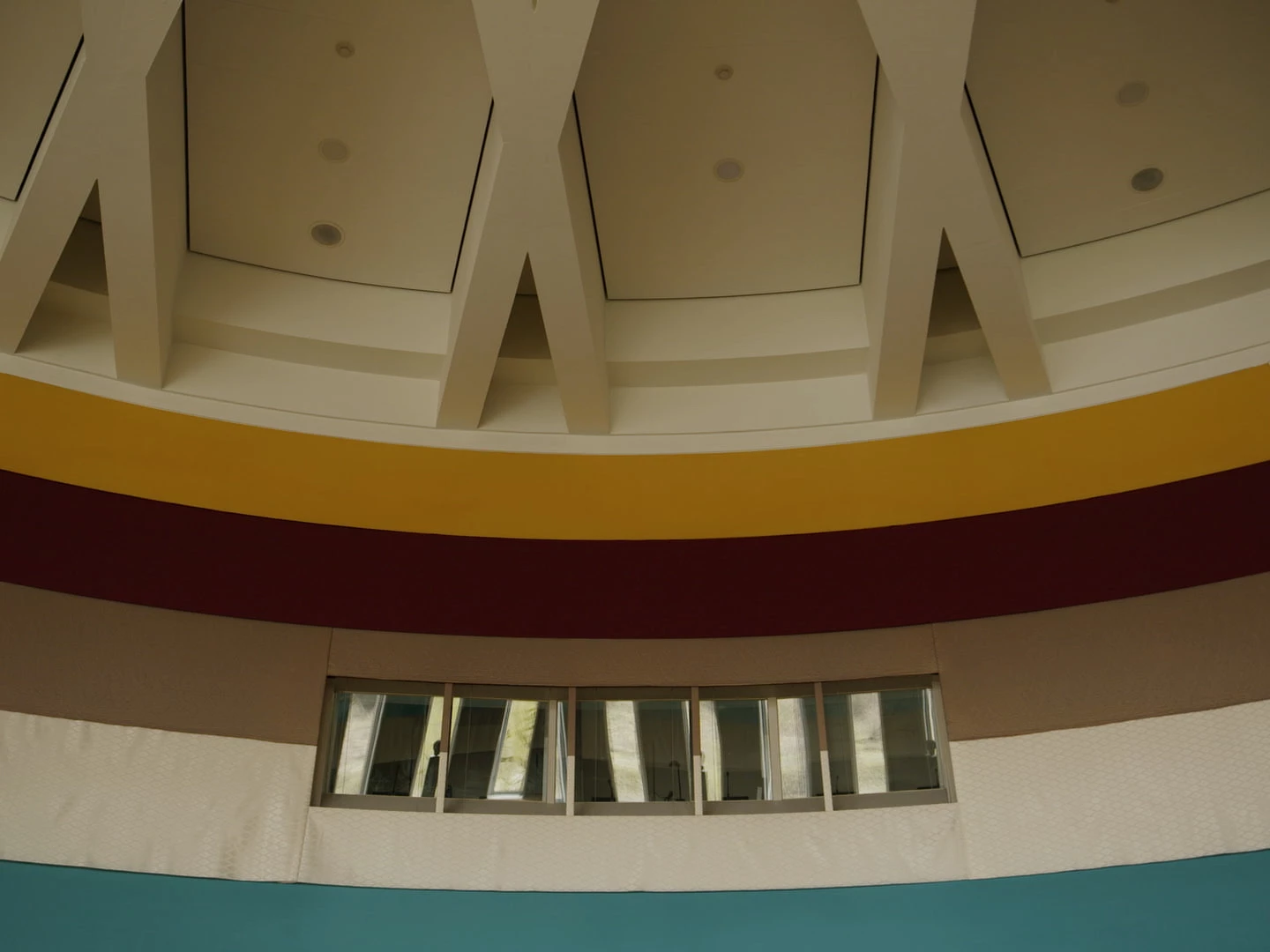What Has Left Since We Left
Directed by Giulio Squillacciotti
With Anna Brooks-Beckman, Jannese Remmers
Written by Daan Milius, Giulio Squillacciotti, Huib Haye van der Werf
Produced by Careof (I), Kingswood Films (NL)
With the support of Italian Council (I), Limburg Film Fonds (NL)
With the support of Brand Cultuur Fonds, Dommering Fonds, Stichting Kanunniken Salden, SKY Arte | Arte Visione
In partnership with Everstory, Jan Van Eyck Academie, Museo Civico Castelbuono, Video Power
On 7 February 1992, the founding treaty of the European Union was signed in the city of Maastricht, in the Netherlands. Decades later, the delegates of the last three remaining countries in Europe meet again, in the same hall, but this time in order to declare the definitive end of the Union. In what seems to be a group therapy session, the three characters - helped by a British interpreter and self-proclaimed therapist - try to face and handle the sense of loss. The conversation allows their political and personal bonds to metaphorically intertwine, forcing them to face their identity crisis and acknowledge what is left of their Union, what it isn’t anymore and what it could still be.
Storyline
The short film “What has left since we left” is set in the Limburg Province Government Building in the Dutch city of Maastricht, in the same room where in 1992 the Treaty on European Union (commonly known as the Maastricht Treaty) was signed and was shot during the four days preceding the European Covid-19 lockdown in mid March 2020.
In a sort of prophetical / quarantined / room constriction emptiness, the film features three fictional politicians - representing the last three countries left in Europe in a near future (all played by dutch actress Janneke Remmers) - meeting for the last time to negotiate the permanent shutdown of the European Union in the same room in which that Union symbolically begun. Something has lead to the failure of their Union, leaving them in only three protagonists as ghosts still haunting the political chambers where decisions are taken for a Europe that is no more. Alongside them a British interpreter, as a self-appointed therapist played by British actress Anna Brooks-Beckman, helps them - from her translation booth - with disclosing their feelings of coming apart, and on the relationships that don’t exist anymore. Her language, used as a “neutral" one, will lead all the characters at speaking English, as another ghost roaming in the room from a country that is not there anymore.
The film doesn’t speculate on the possible reasons why Europe got to a final stage, it rather articulates - sitting on the ruins of an already scattered Europe - a sort of therapy session in which the protagonists only talk about personal feelings, love relationships and kinship issues, all portrayed as metaphors for major European problems that led to its fictional end. Marriage struggles, pride and the desire for a legacy, identity, tension between what is considered to be fair and the unconditional love one is supposed to have for its kin, are all analogies in the script for BREXIT or the leaving of a state - bailouts, debts and bankruptcy - migration, integration and solidarity.
The overlapping of languages, translations and interpretations make the characters merge together into a single entity with different personalities, as in a recognised pathology of multiple identities - a visually helped process by the usage of a single actress playing three roles.
Logline
With the help of a British interpreter, the last three countries left in the European Union try to overcome their feeling of loss for a Europe that doesn’t exist anymore.

Director statement
It all started with the idea of a timeless looped meeting behind closed doors, a fictional one - potentially believable - within a set of symbolic, concrete value for Europe, the Maastricht Hall.
A purgatory, a decisional limbo after which something changed in the history of mankind, maybe as an end, maybe as a beginning, in a repeating cycle of life, death, language and interpretations.
Is it the film a meticulous reconstruction of something that never happened? Or about something that might take place?
I wanted to do a film about ghosts. A sort of Christmas Carrol meets Groundhog Day passing through the corridors of an insane asylum. The three ghosts of Europe - its past, present and future (?) - still using British English (another presence haunting the room) as the neutral language to establish a conversation over and over again in a continuous loop of indefinite resolution. The aim of this short film is to create a speculation - a metaphorical one - of major European topics entangled within a family conversation, using major problems like migration, Brexit or state debts and bailouts, merged into analogies like divorce, the caring for kids from a second marriage and financial support. Having one actress playing three roles should work as a statement of multiple problematics (and identities) embodied in one single entity.

Characters
THE INTERPRETER
Played by Anna Brooks-Beckman
A British woman in her 30’s, experienced at working back-stage, dealing with language, interpretation and metaphors. If her role supposedly is to translate trying to make people understand each others, regardless of what they say, even if they claim the opposite of what she believes to be true, in the film she takes over the words of the politicians to challenge them to face each other by sharing their individual problems, to open up towards a better understanding of the sense of community, relationships and kinship. She has three different acting layers: one when translating into English the politicians’ speeches; one when breaking the fourth wall talking into the camera; one when speaking directly to the politicians, giving them possible readings of their behaviours, as a therapist would do.

LUCAS VAN DER MEERS (politician) Played by Janneke Remmers
Dutch speaking at the beginning, he will later speak English.
He is a Dutch man (his nationality is not revealed in the film), in his 50’s, brownish dressed. He is the least confident of the three politicians. Being the very first to start speaking you can see he has been preparing and rehearsing his speech diligently. He is in a relationship with a woman at her second marriage, with kids, and they all live together. He’d like to have his own kids with her but he struggles with the identity matters related to having to support his wife’s kids. He can’t cope with that because his “real” kids wouldn’t act this “lazy” as their biological father taught them. He is the metaphor for countries blaming migrants and the necessity of integration.

RAYMOND DUBOIS (politician) Played by Janneke Remmers
French speaking at the beginning, he will later speak English.
He is Belgian (his nationality is not revealed in the film), in his 50’s, blue/light blue dressed. He is the self-confident one. He is rather distracted by something, and constantly on his phone. Through the interpreter’s insights, we know he is in the middle of a divorce, he is slightly scared, but conscious that he has to shape a new kind of relationship with his ex-wife and kids not being a family anymore.
He works as the metaphor for Brexit or the leaving of a member state and the limbo of negotiations.

AMALIA SCHNEIDER (politician) Played by Janneke Remmers
German speaking at the beginning, she will later speak in English. She is German (her nationality is not revealed in the film) in her 50s, white/grey dressed. She is a strong woman. At her second or third marriage, no kids. As a woman she has had to struggle to get where she is at, and having done so, she has gained more power than a lot men around her. But that had her acting more and becoming defiant, which deep inside proves a high price to pay. She comes with solutions to others’ problems. She works as a metaphor for tax heaven countries, hedge funds wrong investments and the bailout dealer for bankrupt southern countries.

Giulio Squillacciotti
DIRECTOR BIOGRAPHY
Giulio Squillacciotti (Born in Rome, Italy 1982)
Artist and film-maker lives and works between Milan (I) and Maastricht (NL). He studied Medieval Art History in Barcelona and Rome, where he earned a BA in Humanities from Sapienza University and holds a MA in Visual Arts from the Venice University of Architecture IUAV. His work is mainly oriented on storytelling, cultural apexes and the way traditions re-shape in new contexts. His research merges together fiction and historical facts. Using film, documentary, sound and set design, Squillacciotti produces research-based investigations that revisits history, crafting new stories from subjective perspectives, religion and popular culture. His work has been exhibited and screened internationally at, among the others, the Dutch Pavilion of the Venice Architecture Biennale, Les Rencontres Internationales at Centre Pompidou, Palais de Tokyo, La Fémis and Gayte Lyrique in Paris and Centre d’Art Contemporain de Brest (F), at the Berlin Haus der Kulturen der Welt and Neues Museum in Weimar (D), Screen Space in Melbourne (AU), the Manifesta 8 in Murcia (E), Le Magasin CNAC in Grenoble (F), AKV of Den Bosch (NL), Istanbul 2010 European Capital of Culture (TR), the Beirut Art Centre in Lebanon (RL), the New York Photo Festival, Dumbo Video and the Columbia University in New York City (USA), Art Institute of Boston (USA), the Los Angeles Now Instant Image Hall (USA), OCAT in Shanghai (PRC); in Italy at PAC, Triennale, MACRO, MAXXI, 16th Quadriennale of Rome, MAMbo, Sandretto Re Rebaudengo and at the Official Competition of the 33rd, 35th and 36th Torino Film Festival.
DIRECTOR FILMOGRAPHY
Far, from Where we came (Italy, Spain, Turkey 2008) - A Moveable Aesthetics (Ireland 2009) - Zimmerreise (Austria 2010) - Casi la Mitad de la Historia (Spain 2011) - RMHC 1989/1999 Hardcore a Roma (Italy 2012) - La Dernière Image (France, Italy 2015) - Archipelago (Iran 2017) - Scala C, Interno 8 (Italy 2017) - Visto due volte (Italy 2017) - They thought they saw a ghost (Netherlands 2019) - The Pit Call (Netherlands 2019) - Vrijdag, Antwerpen (Netherlands 2019).

Production notes and specs
Title: What Has Left Since We Left
Type: Short Film Fiction
Month | Year of completion: June, 2020
Countries of Production: Italy, The Netherlands (I/NL)
Country of Filming: The Netherlands
Running Time:
20 mins
Shooting format | Aspect Ratio: 4K Video | 1.33:1 [4:3]
Language | Audio:
English | Stereo
Directed and Edited by: Giulio Squillacciotti
With: Anna Brooks-Beckman, Janneke Remmers
Written by: Daan Milius, Giulio Squillacciotti, Huib Haye van der Werf
Produced by: Careof (I), Kingswood Films (NL)
Producers: Marta Bianchi, Bas Geelen, Vincent Konings, Lia Manzella
Executive Producer: Bas Geelen
Cinematography: Dennis de Pijper, Kasper van 't Hoff
Sound: Ivo Bemelmans, Lars Henderiks
Music: Luca Bolognesi
Produced with the support of: Italian Council (I), Limburg Film Fonds (NL)
And the additional funds from: Brand Cultuur Fonds, Dommering Fonds, Stichting Kanunniken Salden, SKY Arte | Arte Visione Prize
In partnership with: Everstory, Jan Van Eyck Academie, Museo Civico Castelbuono, Video Power
Project supported by the Italian Council (6th Edition 2019) program to promote Italian contemporary art in the world by the Directorate-General for Contemporary Creativity of the Italian Ministry of Cultural Heritage and Activities and Tourism.

Full cast and credits
Unit Production Manager: SAMMY WISNIEWSKI
First Assistant Director: VINCENT KONINGS
Second Assistant Director: SUZANNE CRANEN
First Assistant Camera: JESPER REY
Gaffer & Key Grip: JORIS PESKENS
Best Boy: ROBBE MEYKENS
Crane Operator: JORIS GEURTS
Sound Recordists: IVO BEMELMANS, LARS HENDERIKS
Costume Designer: SANNE PUYK
Costume Assistant: MERIJN MALS
Make Up & Hair: SASJA JANS
Production Designer: KIM HOTTERBEEKX
Art Assistant: TIBOR VAN DOREMALEN
Color grading: ANTON
Audio Mix & Foley: FREEK PHILIPPI
Production Assistants: LARISSA HERMELER, WOUTER VAN DER KNAAP, JODY SCHOUTEN
G&E Assistants: KAJ CUIJPERS, DANIEK LAUTENBACH, JARRETT PRINS, NINO VALQ
Still Photography: JORIS HILTERMAN
Catering: MAUD BERGS
Location Coordinator: JOHN ALBERTZ
Location Manager: BAS GEELEN
Location Guards: MICHA JEURISSEN, PATRICK WELTEN, HARRIE LIEBEN
Rentals: EGRIPMENT/MOUNTTEC (NL) SHOOTBY (NL)
LUCKY CAMERAS (BE)

Location
THE LIMBURG PROVINCE GOVERNMENT BUILDING
The building and the room become characters themselves. The “haunted” chamber where the ghosts of Europe still roam decades after the Maastricht Treaty. The whole conversation among the politicians is shot inside the hall. As a shield from the outside world, the room can be seen as a purgatory of decisions that won’t be taken.


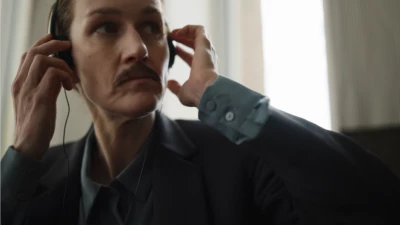

Giulio Squillacciotti, What Has Left Since We Left, 2020, video still

Giulio Squillacciotti, What Has Left Since We Left, 2020, video still
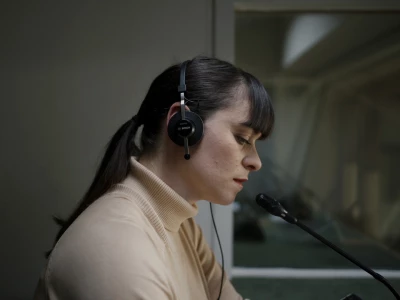
Giulio Squillacciotti, What Has Left Since We Left, 2020, video still
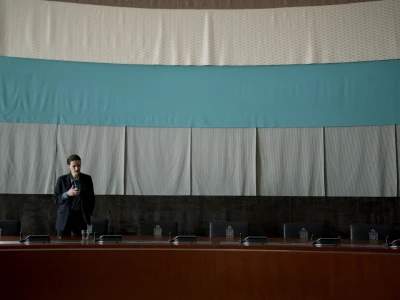
Giulio Squillacciotti, What Has Left Since We Left, 2020, video still
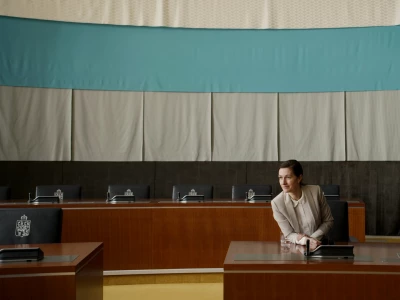
Giulio Squillacciotti, What Has Left Since We Left, 2020, video still
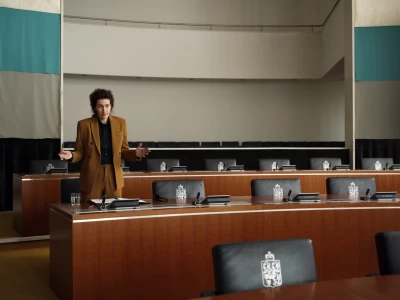
Giulio Squillacciotti, What Has Left Since We Left, 2020, video still
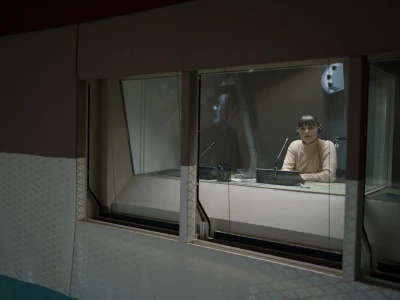
Giulio Squillacciotti, What Has Left Since We Left, 2020, video still
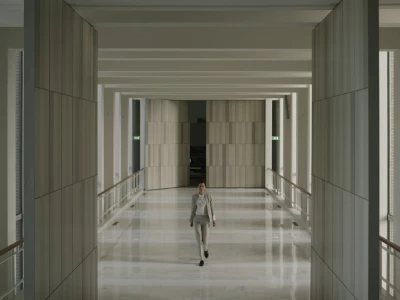
Giulio Squillacciotti, What Has Left Since We Left, 2020, video still
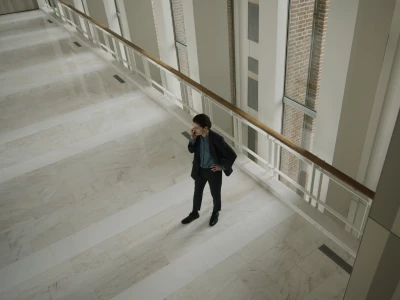
Giulio Squillacciotti, What Has Left Since We Left, 2020, video still
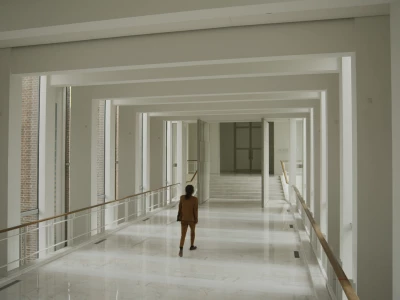
Giulio Squillacciotti, What Has Left Since We Left, 2020, video still
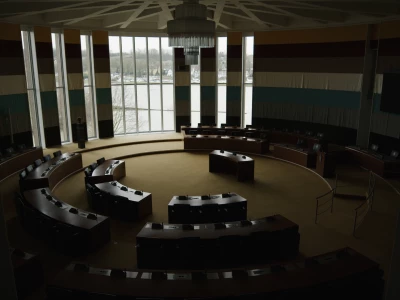
Giulio Squillacciotti, What Has Left Since We Left, 2020, video still

Giulio Squillacciotti, What Has Left Since We Left, 2020, video still

Giulio Squillacciotti, What Has Left Since We Left, 2020, video still
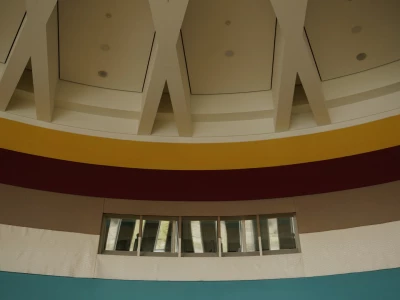
Giulio Squillacciotti, What Has Left Since We Left, 2020, video still
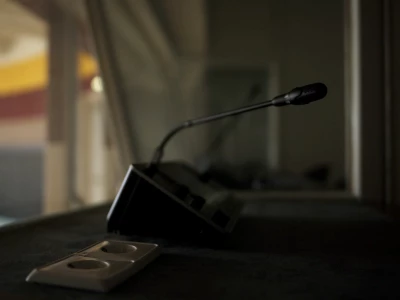
Giulio Squillacciotti, What Has Left Since We Left, 2020, video still
